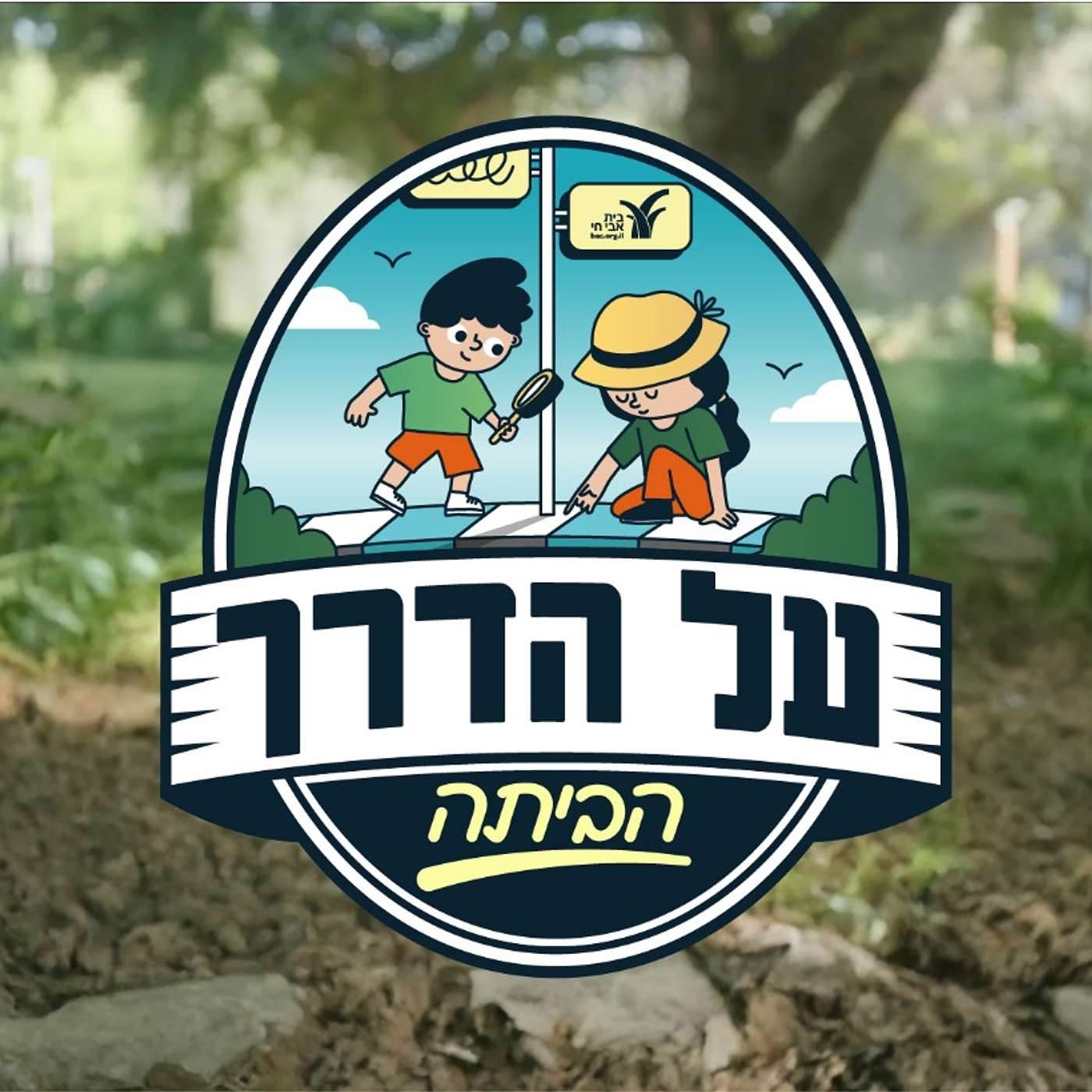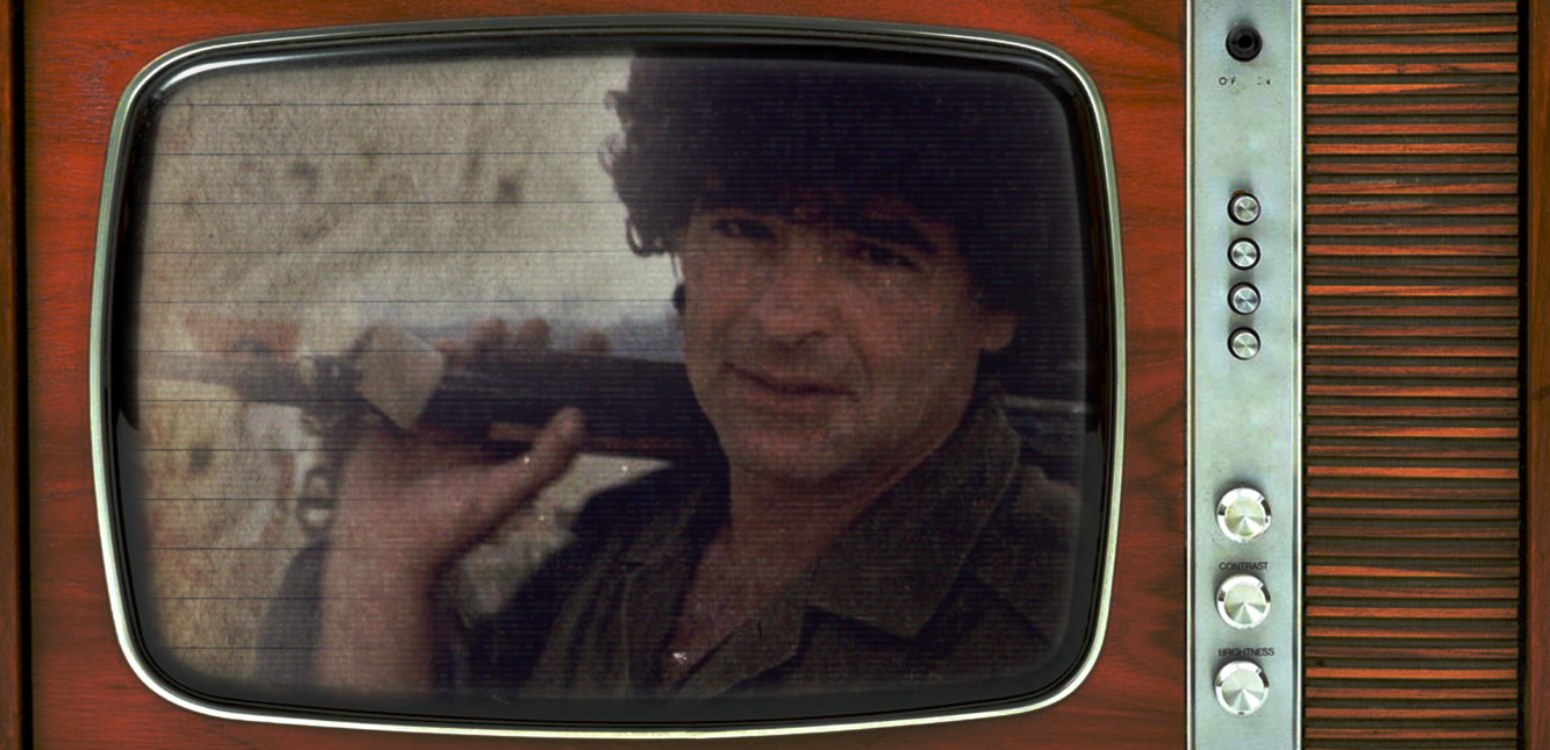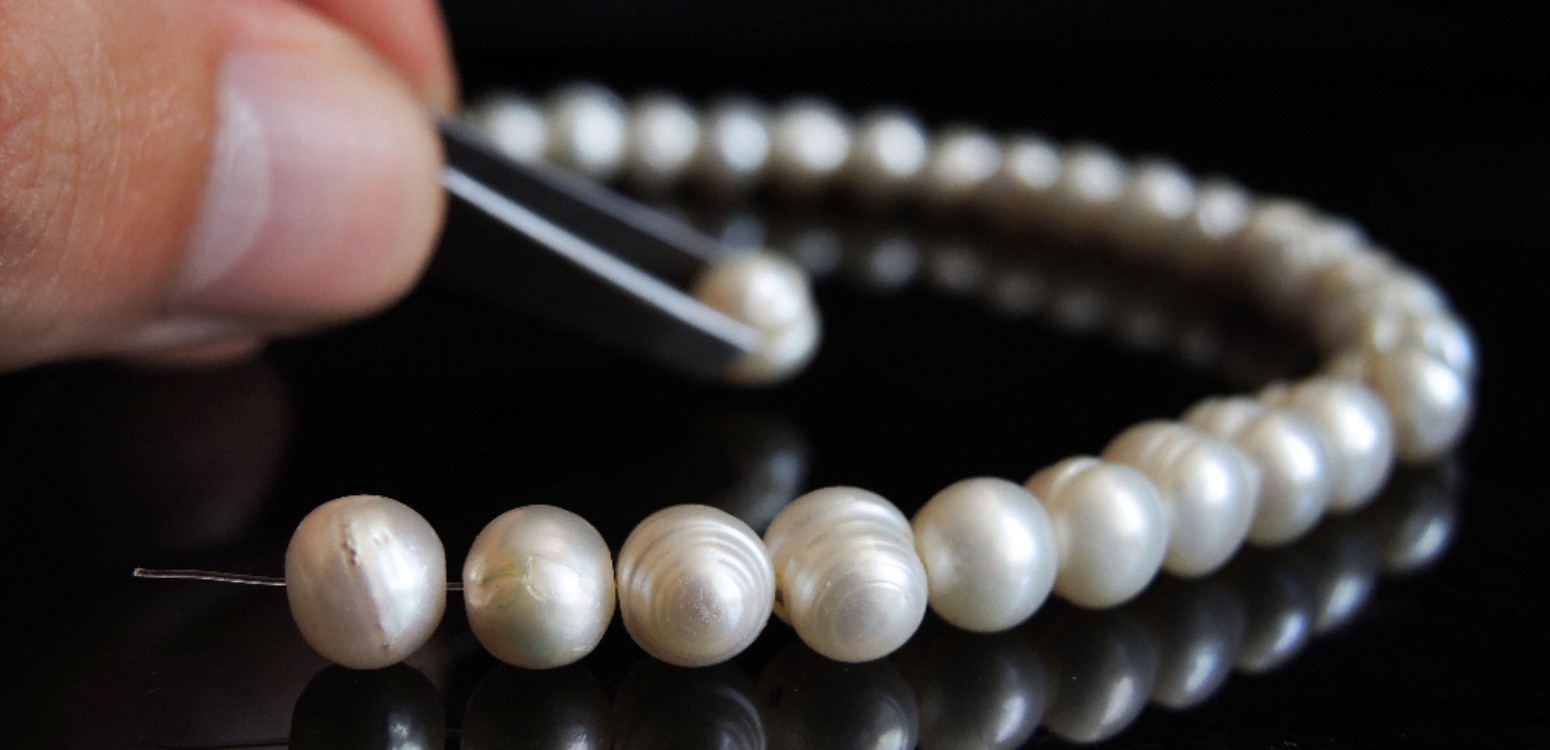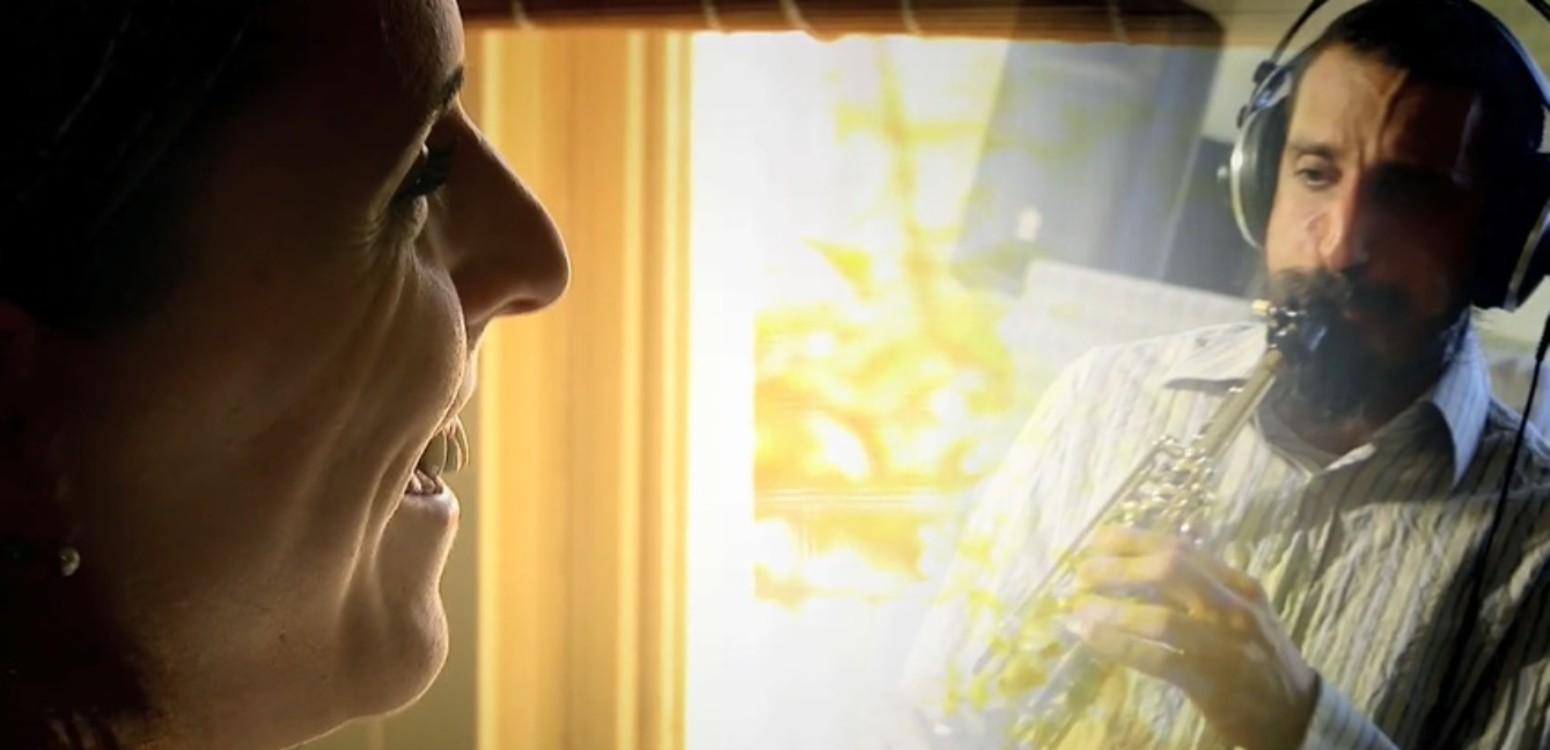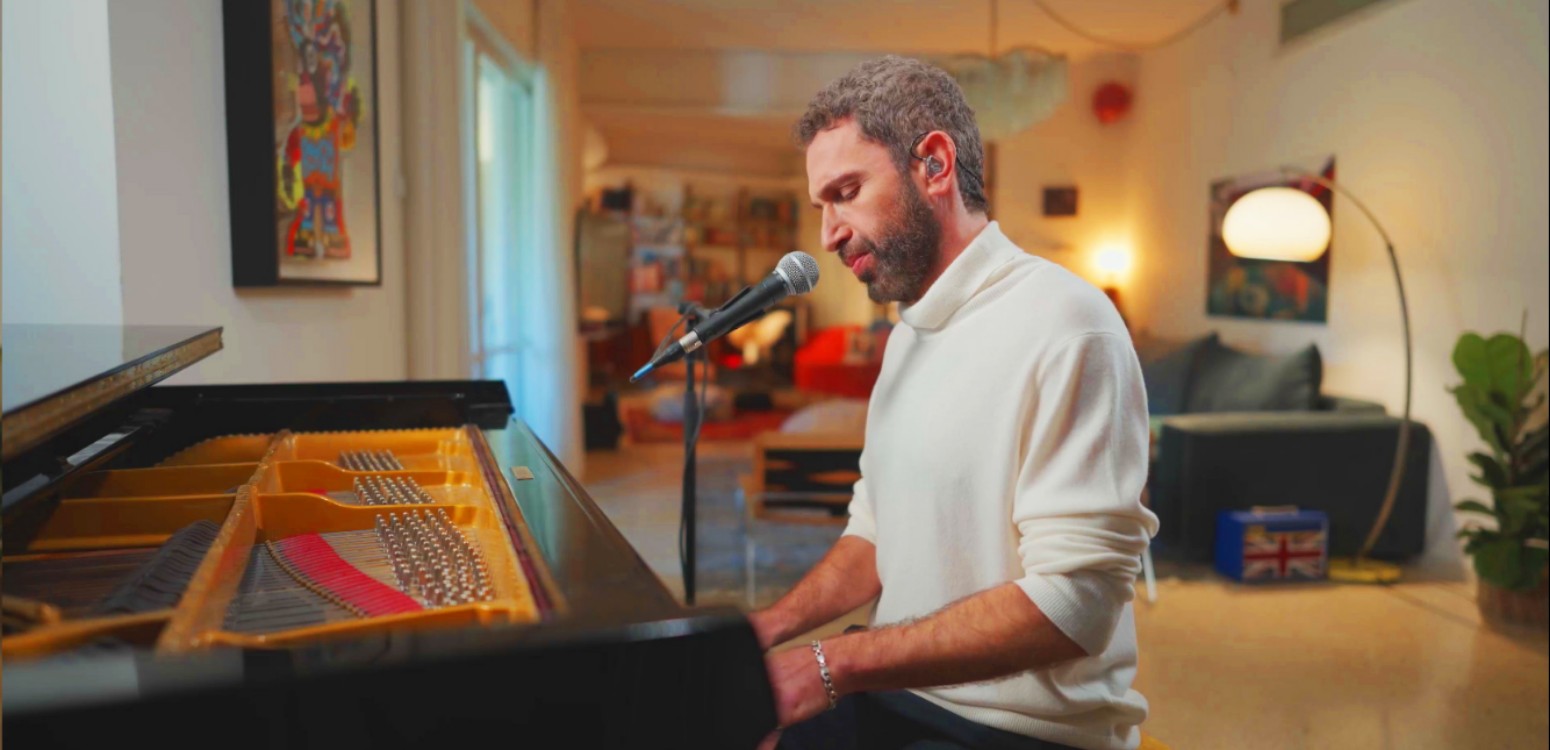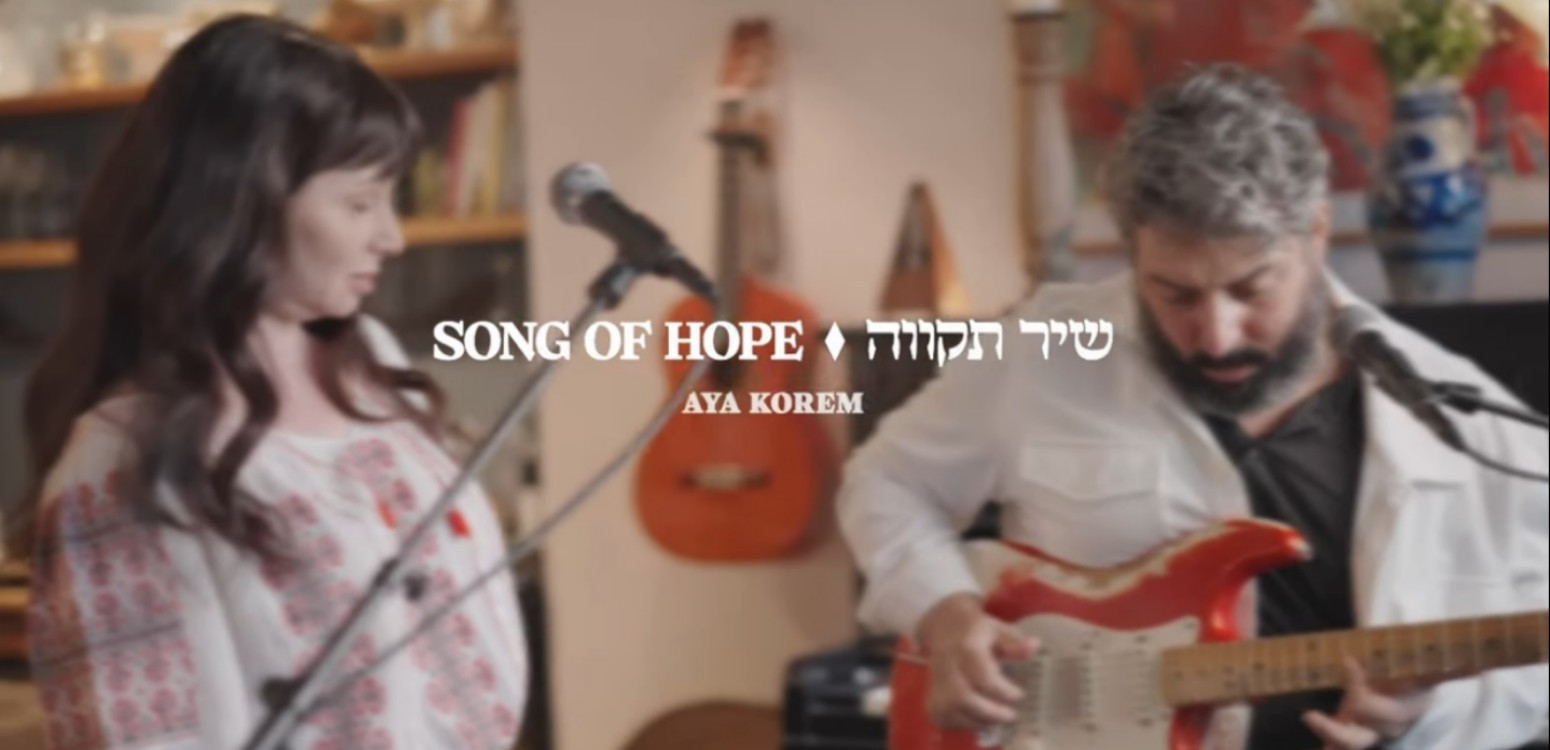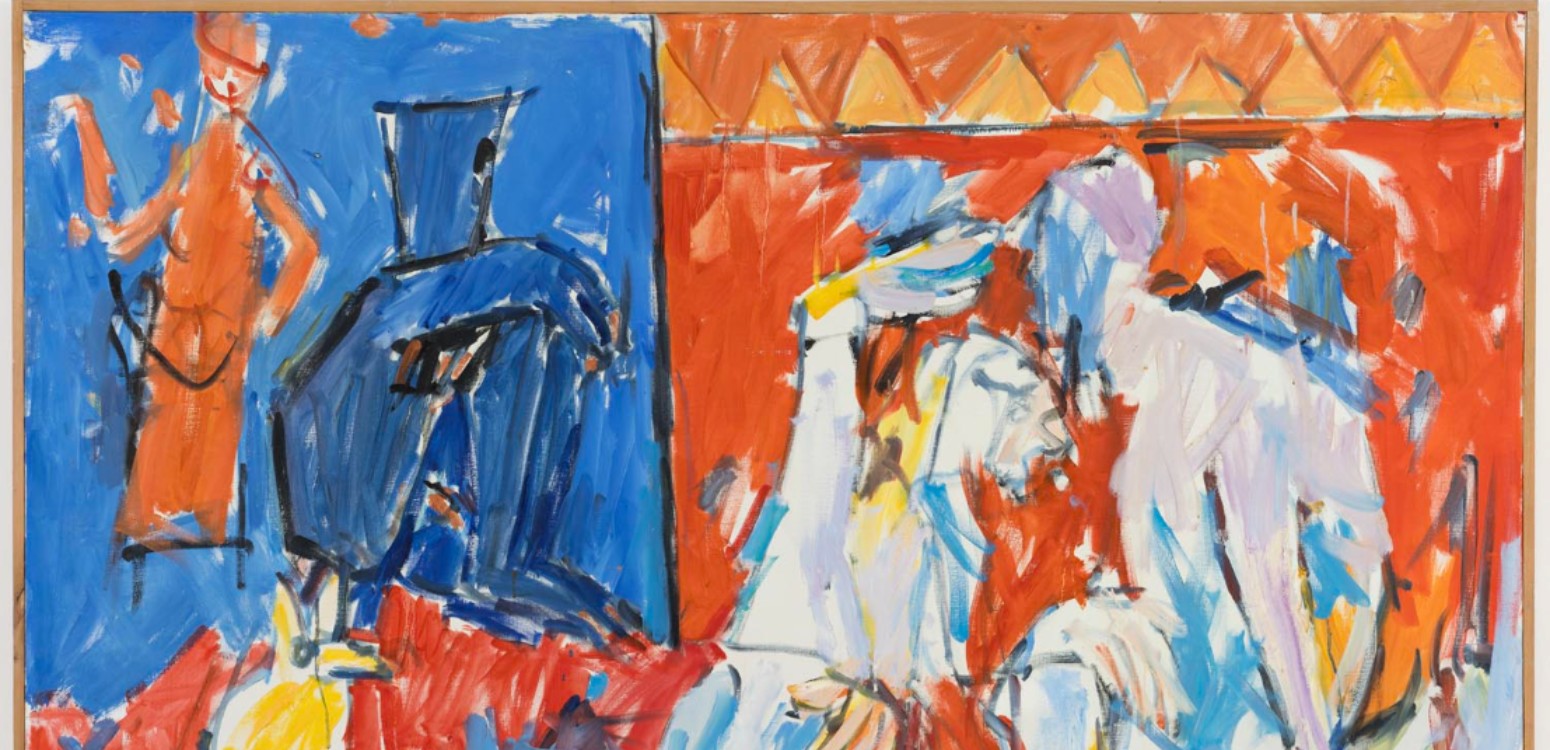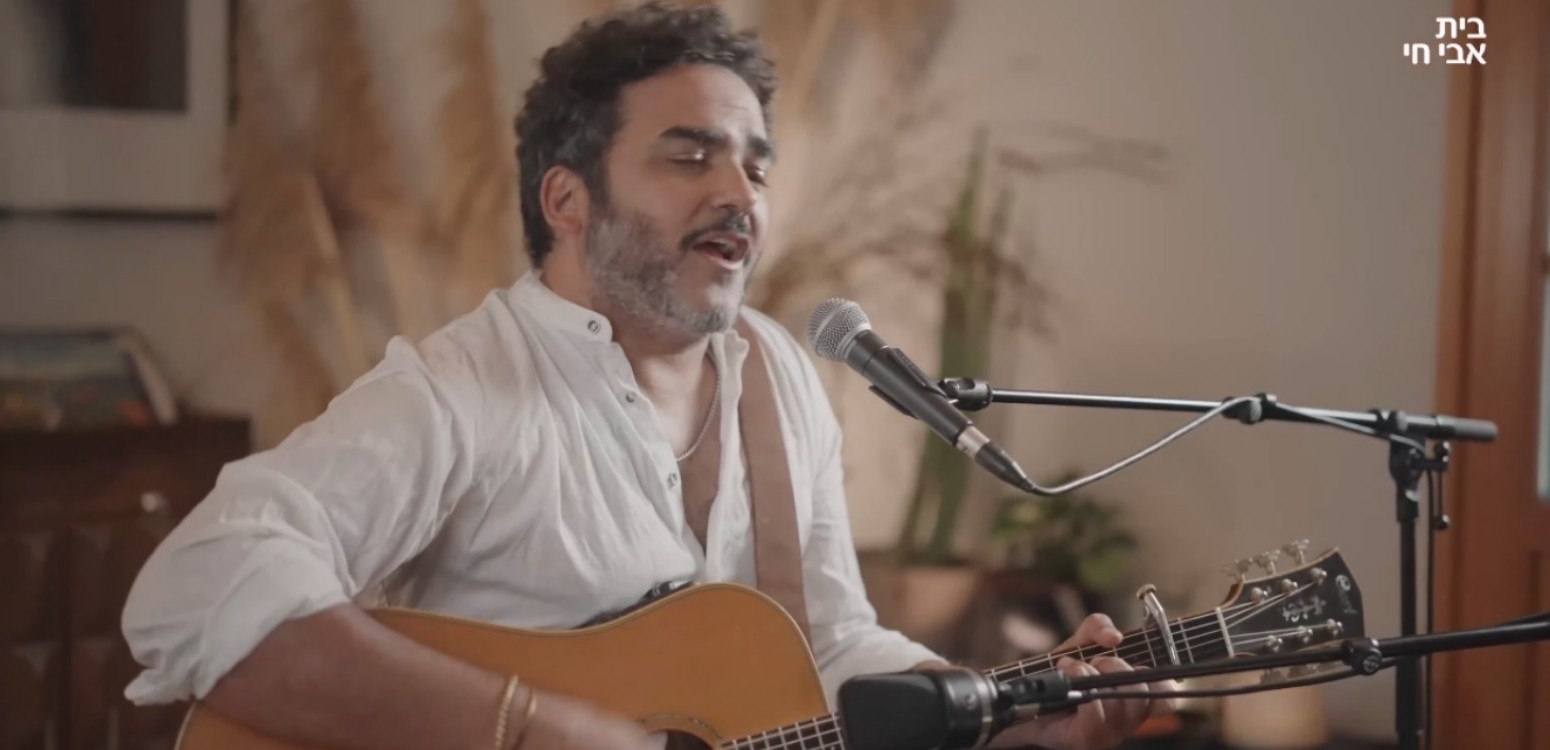Lag BaOmer: Playing with Fire
We know Lag BaOmer as a holiday of joy, but originally it was intended to mark several tragic events. Dudu Cohen illuminates the holiday of bonfires in a new light
In the eyes of many Israelis, Lag BaOmer is the holiday of bonfires and potatoes – a definition that overlooks the true essence of this day. Although huge bonfires are lit, it is actually a huge yahrzeit candle for the huge soul of Rabbi Shimon bar Yochai, who died on this day. Is it appropriate to throw potatoes into these fires? That's another issue, but in the meantime it's important to mention other events that happened on the same day: the end of the plague that killed 24,000 of Rabbi Akiva's disciples, as well as a positive turn in the Bar Kokhba revolt, which led to the lighting of torches to announce the victory.
The source: the XII century
If we go back, we will be surprised to find that during the Geonim period there was no mention of Lag BaOmer as a day of joy. Just the opposite: it was mentioned in several places as a day of mourning and fasting in memory of the passing of Joshua ben Nun, and in memory of an earthquake that killed many, though no precise details about remain about the latter.
The first to mention Lag BaOmer as a date outside of mourning was Rabbi Abraham ben Nathan (born in the XII century), who quoted Zerachiah ben Isaac ha-Levi Gerondi, who mentioned that in an old book published in Spain it was said that the disciples of Rabbi Akiva died between Pesach and Pros Ha’atzeret, which is Lag BaOmer. The Maharil (Yaakov ben Moshe Levi Moelin of the XV century) wrote that "we rejoice on the day of Lag BaOmer" in memory of the end of the plague that killed many scholars.
Why are we happy about Rashbi's passing?
Memorials are often an expression of sadness and sorrow, and certainly no joy is felt in them. But in the case of Tzadikim, the situation is different, and in the case of Rabbi Shimon bar Yochai – even more so. Not only because of his great soul, which according to the popular belief is the reincarnation of the soul of Moses, but because on this day, right before his death, he revealed to his students the sublime secrets of Kabbalah.
At first it wasn’t easy
As always with the Jewish people, every innovation is first received with suspicion and sometimes with resistance. Even after Lag BaOmer had become a common practice, some of the sages of Israel opposed it.
Moses Sofer )also known as Chatam Sofer), one of the leading Orthodox rabbis of European Jewry in the first half of the XIX century, doubted one should celebrate a holiday which was not mentioned in the Six Orders of Mishnah and Talmud or by the poskim. He believed that one should not go up to Mount Meron on Lag BaOmer, since a pilgrimage should only be made to Jerusalem. But we know what happened later – the custom of celebrating Lag BaOmer continued to gain momentum.
What does Bar Kochba have to do with it?
Many Jews see Lag BaOmer as a day that is much more connected to Bar Kochba than to the date of Rabbi Shimon bar Yochai's death. This is mainly due to the attempt of the Zionist movement, since the beginning of the XX century, to emphasize the historical connection between the Bar Kochba revolt and the rebirth of the nation in its country.
The custom of lighting bonfires also received a different interpretation than the original explanation of the giant memorial candle. The contemporary interpretation referred to the bonfires as a reminder of Bar Kochba’s rebels who lit torches on top of the mountains to convey messages to each other.
And why the bow and arrow?
Before the age of nuclear weapons, missiles, and cannons, one of the common methods of combat was bow and arrow. It was the weapon of the Bar Kochba warriors, hence the use of bows and arrows on the day associated with the outbreak of the revolt. According to Kabbalah, there is a duality in the concept of the bow, which also means "rainbow", and is considered a bad sign in Judaism. During the lifetime of Rabbi Shimon bar Yochai, a rainbow was not observed in the sky, hence the connection to bow and arrow.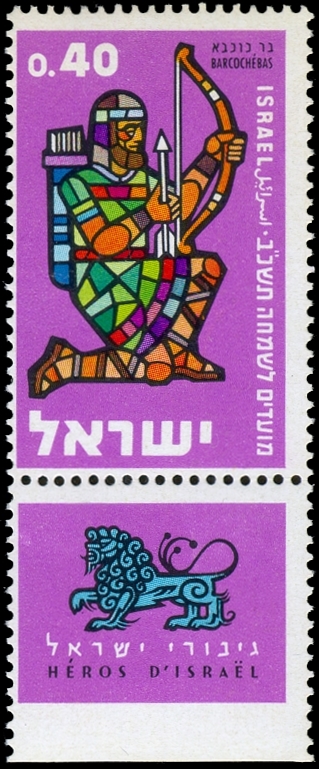
Remember the dolls in the bonfires?
In the early years of the State of Israel, many used to make dolls in the image of Israel's contemporary oppressors – Hitler, Eichmann, Nasser – and burn them in bonfires, along with the potatoes and onions. In recent decades this custom has become less popular, mainly due to its pagan and unfashionable characteristics.
The end of mourning
From the point of view of an average religious person, Lag BaOmer is mainly a day of departure from the mourning customs to mark the passing of Rabbi Akiva's students. It is allowed to get a haircut, to shave, to listen to music and even to get married. On top of that, Lag BaOmer is considered a Yom Tov because one does not read Tachanun on this day, as in other times, and many study the Zohar and other writings of Rabbi Shimon bar Yochai.
Welcome to the Third Temple
Another interesting event that took place on Lag BaOmer was recorded in 363 AD, when the Jews of Jerusalem received permission from the Roman Emperor Julian to build the foundations of the Third Temple (in the month of Iyar, the construction of the first two Temples began). Already that evening, the project was canceled, after a strong earthquake struck the area, and at the same time it was learned that the emperor had been murdered by rebels, and therefore, the approval he had given lost its validity.
What’s with the Upsherin?
Many Jews take advantage of Lag BaOmer to perform the upsherin (known as "chalaka" in Hebrew) ceremony for their three-year-old male children and cut their hair for the first time. Although it seems that this is an old custom, it is a relatively new custom in historical terms, which was first mentioned only at the beginning of the Acharonim period, meaning the XVI century. The custom is not limited to Meron: some Jews hold the ceremony at the Tomb of Samuel or at the Tomb of Simeon the Just.
This article was originally published in Hebrew.
Come celebrate Lag BaOmer with us!
Main Photo: Mushail Mushailov \ Wikipidia
Model.Data.ShopItem : 0 8
Also at Beit Avi Chai
